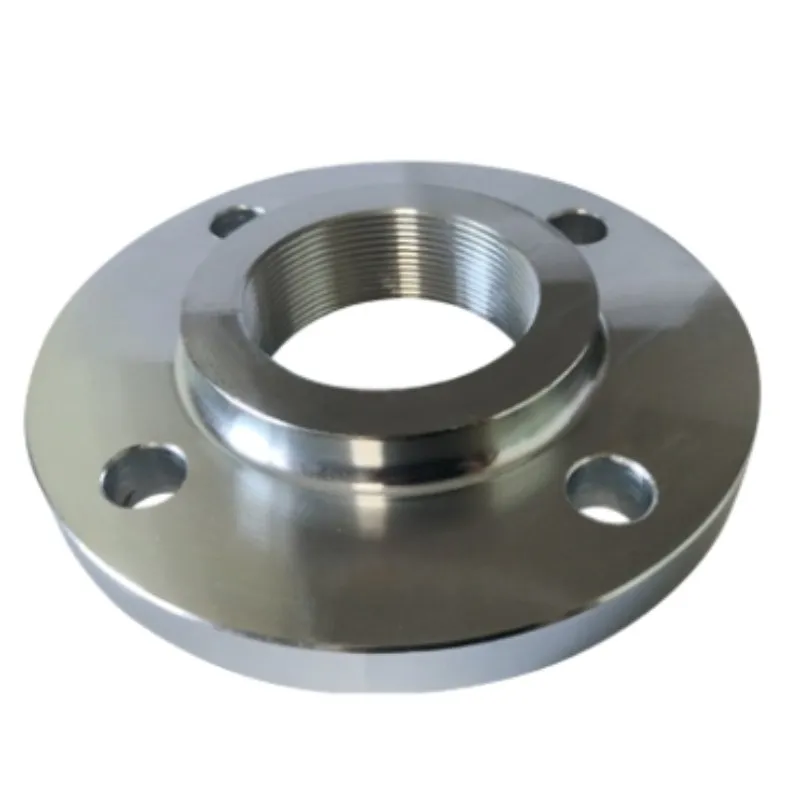-
Cangzhou Yulong Steel Co., Ltd.
-
Phone:
+86 13303177267 -
Email:
admin@ylsteelfittings.com
- English
- Arabic
- Italian
- Spanish
- Portuguese
- German
- kazakh
- Persian
- Greek
- French
- Russian
- Polish
- Thai
- Indonesian
- Vietnamese
- Zulu
- Korean
- Uzbek
- Hindi
- Serbian
- Malay
- Ukrainian
- Gujarati
- Haitian Creole
- hausa
- hawaiian
- Hebrew
- Miao
- Hungarian
- Icelandic
- igbo
- irish
- Japanese
- Javanese
- Kannada
- Khmer
- Rwandese
- Afrikaans
- Albanian
- Amharic
- Armenian
- Azerbaijani
- Basque
- Belarusian
- Bengali
- Bosnian
- Bulgarian
- Catalan
- Cebuano
- China
- China (Taiwan)
- Corsican
- Croatian
- Czech
- Danish
- Esperanto
- Estonian
- Finnish
- Frisian
- Galician
- Georgian
- Kurdish
- Kyrgyz
- Lao
- Latin
- Latvian
- Lithuanian
- Luxembourgish
- Macedonian
- Malgashi
- Malayalam
- Maltese
- Maori
- Marathi
- Mongolian
- Myanmar
- Nepali
- Norwegian
- Norwegian
- Occitan
- Pashto
- Dutch
- Punjabi
- Romanian
- Samoan
- Scottish Gaelic
- Sesotho
- Shona
- Sindhi
- Sinhala
- Slovak
- Slovenian
- Somali
- Sundanese
- Swahili
- Swedish
- Tagalog
- Tajik
- Tamil
- Tatar
- Telugu
- Turkish
- Turkmen
- Urdu
- Uighur
- Welsh
- Bantu
- Yiddish
- Yoruba

Aug . 06, 2024 08:06 Back to list
Exploring the Importance and Functionality of Sewage Pumps in Modern Wastewater Management Systems
Understanding Sewage Pumps Essential Components for Wastewater Management
Sewage pumps, often overlooked in the grand scheme of plumbing systems, play a crucial role in maintaining sanitary conditions and ensuring the proper disposal of wastewater. These specialized devices are designed to transport sewage and waste fluids from a lower elevation, such as basements or septic tanks, to higher levels or main sewer lines. In this article, we will delve into the importance of sewage pumps, their working mechanisms, types, and maintenance tips.
The Importance of Sewage Pumps
Sewage pumps are vital for both residential and commercial properties, especially those located below the main sewer line. Without these pumps, wastewater would accumulate in lower areas, leading to unsanitary conditions, health hazards, and costly backups. A properly functioning sewage pump system ensures that wastewater is efficiently moved through the plumbing network, protecting the property from unpleasant odors and potential contamination.
How Sewage Pumps Work
Sewage pumps operate using an electric motor that powers an impeller, which creates a centrifugal force to move sewage through the pipes. When wastewater accumulates in a sump basin or storage tank, the pump is activated by a float switch. The pump will then draw in the sewage, pressurize it, and push it through the discharge line to the sewer or septic system.
The design of sewage pumps allows them to handle solids and debris commonly found in wastewater, such as toilet paper, food particles, and other materials. This distinction sets them apart from standard sump pumps, which are typically used for groundwater removal and cannot manage solid waste.
Types of Sewage Pumps
Sewage pumps come in various designs, each suited for specific applications
1. Submersible Sewage Pumps These pumps are designed to be submerged in wastewater. They are often used in residential basements and sewage cleanouts. Their sealed motors prevent water from entering and damaging the electrical components.
sewage pumps

2. Effluent Pumps While not technically sewage pumps, effluent pumps are used to move greywater (wastewater without solid waste) from a septic tank to a drain field or other disposal areas.
3. Grinder Pumps These pumps are equipped with blades that grind solid waste into smaller particles before pumping them out. They are particularly beneficial in systems where the sewage needs to be transported long distances or to higher elevations.
4. Centrifugal Pumps Often used in various applications, these pumps can also handle sewage. They rely on centrifugal force to move fluids, making them efficient for handling large volumes.
Maintenance of Sewage Pumps
Regular maintenance is essential to ensure the longevity and efficiency of sewage pumps. Here are some tips for proper upkeep
- Check the Power Supply Ensure that the pump is receiving adequate power and that circuits are working properly. - Inspect the Float Switch The float switch is critical for the automatic operation of the pump. Regularly check for obstructions and ensure it moves freely. - Clean the Pump Remove any debris or buildup around the pump and inlet to prevent clogs. - Test the System Periodically test the pump’s functionality by simulating a high-water situation. This will verify that the pump activates and functions as intended.
- Seek Professional Help If you notice unusual noises, odors, or frequent cycling of the pump, consult a plumbing professional to diagnose potential issues.
Conclusion
Sewage pumps are essential for effective wastewater management, helping to maintain hygiene and prevent costly plumbing problems. By understanding their functionality and ensuring regular maintenance, property owners can protect their investments and contribute to a cleaner environment. Whether you’re dealing with residential plumbing or commercial wastewater systems, acknowledging the role of sewage pumps is the first step toward effective wastewater management.
Latest news
-
ANSI 150P SS304 SO FLANGE
NewsFeb.14,2025
-
ASTM A333GR6 STEEL PIPE
NewsJan.20,2025
-
ANSI B16.5 WELDING NECK FLANGE
NewsJan.15,2026
-
ANSI B16.5 SLIP-ON FLANGE
NewsApr.19,2024
-
SABS 1123 FLANGE
NewsJan.15,2025
-
DIN86044 PLATE FLANGE
NewsApr.19,2024
-
DIN2527 BLIND FLANGE
NewsApr.12,2024
-
JIS B2311 Butt-Welding Fittings LR/SR 45°/90° /180°Seamless/Weld
NewsApr.23,2024











